Color affects our emotions. Whole volumes have been written describing these effects, and how artists and advertisers use color to best induce specific emotions. Color also has profound effects on the perceived depth of any two-dimensional representation of our three-dimensional world.
To make the point, look at the three squares below. Which color, blue or red, seems ‘closer’ to you? This example is a good way to show how our eyes play tricks on us when it comes to color alone. If you see the red square appear to be in front of the blue squares, that is the typical response. There is a biological explanation for this effect, but the result is that “warm (e.g., red) colors project” and “cool (e.g., blue) colors recede.”
How does this relate to the psychology of B&W (so called, “monochrome”) prints?
I’ve been creating B&W prints for years, but the truth is, I don’t really care for “black and white” prints. I much prefer “purple and white” or “eggplant and white,” and for some subjects, “brown and white.”
The 20th Century masters of landscape photography touted the physical and emotional effects of toning their B&W prints. There were dozens of techniques and materials used to impart colors selectively to silver gelatin prints. Among the most widely used was a selenium chloride solution. Depending on the paper and developer used to print the image, bathing the print in a weak solution of selenium chloride for a few minutes materially changed the color of the print to what Ansel Adams called an “eggplant” color, most noticeable in the darker shadow areas.
I loved the aesthetic effect selenium toning had on my prints, so it became a standard part of my darkroom workflow, and now continues in my hybrid workflow.
What was that effect?
Take a look at the two images below. The first is a straight “monochrome” depiction of Blackwater Falls in West Virginia. It’s a beautiful image, full of light and excitement and depth. These characteristics are imparted solely by the subjects, which are entirely shades of neutral gray (you may see color, but it’s because your monitor is not neutral–most are not). This depiction represents what comes out of the standard B&W developer or when you convert an image to B&W in a digital workflow.
Now look at the second image. It was given a treatment that selectively toned the shadow areas as if the print was toned in my darkroom method for selenium toning. The mid tones and shadow areas now have this deep purple (so called “eggplant”) tone.
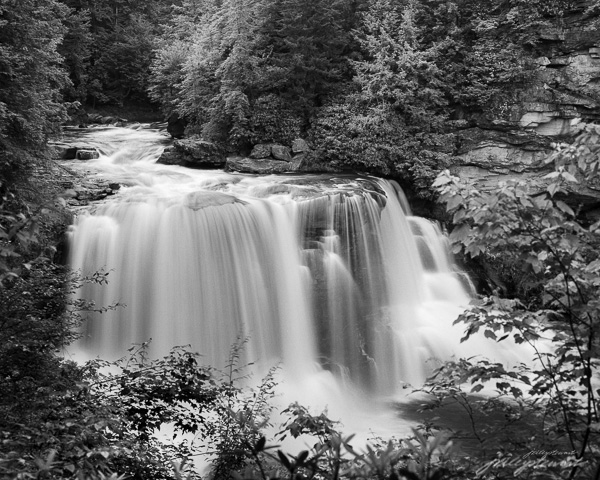
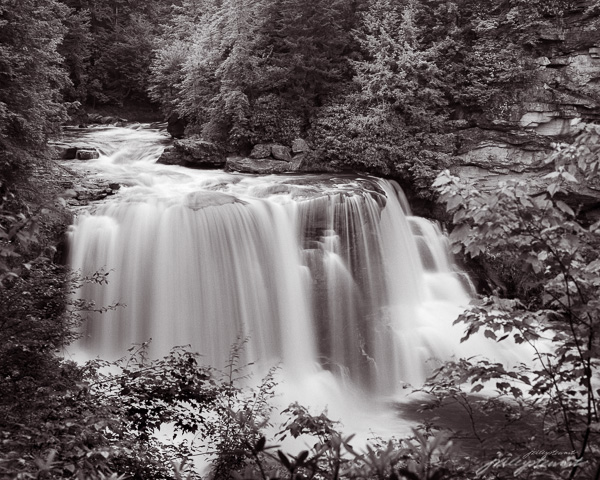
There are many other tones besides the ‘eggplant’ of selenium toner that artists can choose to use. For some images, I like a warmer tone that mimics Kodak Brown Toner I used to use on wet prints made in the darkroom. Brown toner is very effective in giving a more nostalgic aesthetic to some subjects, such as those in my Virginia Grist Project and other old architectural subjects, like “Dappled Shadows” below.
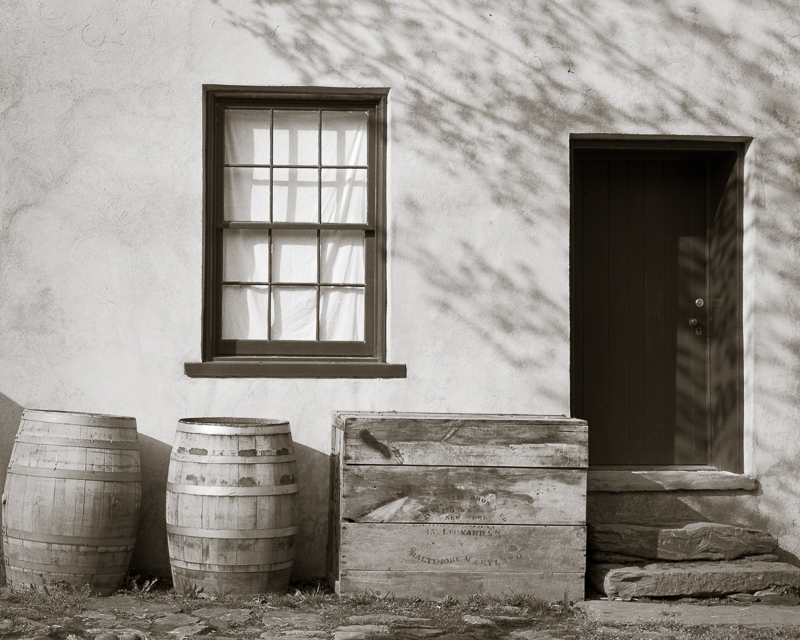
How do you feel about the two different presentations? If the second image appears to have more depth in the shadows, it’s because the cooler purple color appears to recede behind the screen surface; the comparatively warmer whites appear to be in front of the shadows. This therefore tends to push the highlights in the water forward and causes the trees and other shadows to fall back into the image, much like the red and blue squares above, creating a greater sense of depth in the image. Depth in a two-dimensional picture encourages the viewer to want to engage in the picture, something all visual artists want from our audience.
There is also an emotional aspect to the image I think is important. Hues in the purple range are known to induce a sense of calm and creativity, of wonder and exploration. Purple is a very emotional color to most humans. The toned image of this enormous waterfall therefore creates an internal conflict that is very subtle, but still there. First, you stand before this potentially dangerous, powerful, noisy waterfall that most of us react to with a bit of anxiety, red flags goes up in your consciousness: beware! But surrounding the waterfall on all aspects is this calming tone that encourages exploration of the shoreline, the trees, the flowers and rocks along the river’s banks. This is a conceptual contrast, and one I think adds drama and excitement in the toned print that isn’t so apparent in the untoned print.
I always tone my B&W prints, varying between a cooler (more bluish) to a warmer (more reddish) selenium tone, depending on the subject of the photograph. It’s always a very subtle tone, not even as much as I’ve shown you in the second image above, which I exaggerated for purposes of this article.
If you make B&W prints (or even web images), experiment with toning to emphasize the feelings you want to compel in viewers. There is a infinite number of possibilities. In Lightroom, use the Split Toning feature to do this. For the toned image above, I set the Highlight toning saturation to 0 and the Shadow saturation to 9, hue 354. I set Balance to +50, favoring toning to the shadows.
To my heart, monochrome images should be way more than black and white!
Do you already tone your B&W images? What are your experiences? Let me hear your thoughts.
Cheers!



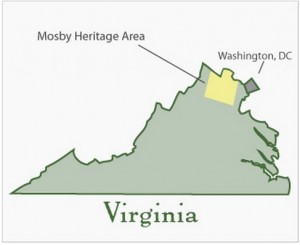

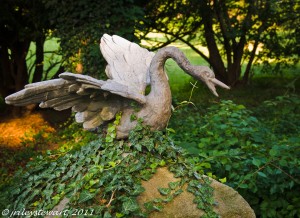
Varnishing prints is an excellent alternative to matting and glazing. A varnished print can be mounted into an open frame without additional protection. The varnish is washable and sufficiently durable to environmental grime or other hazards like sneezes, dirty fingers, or accidental rubs and scrapes. Compared to traditional presentations, a framed varnished print is much lighter in weight, has no breakable glass to worry about, and requires no matting. Framing a varnished print is much easier and less expensive than framing traditionally.
But these physical benefits of a varnished print are of less importance than the aesthetic benefits, in my opinion. Modern varnishes (which are actually acrylics) gives the surface a subtle semi-gloss sheen but it also deepens the blacks and enhances global contrast and color vibrancy. I prefer the semi-gloss surface, but know that you can choose any degree of glossiness you prefer, from full matte to very shiny gloss depending on the actual varnish applied. Regardless, from an aesthetic perspective, varnishing enhances a sense of visual depth in the image and gives it a very distinctive and ‘painterly’ luminism-like appearance. Viewing these prints is a very different experience than viewing traditional matted/glazed prints.
Print varnishes are available from several suppliers, but they all are acrylic-based, which are applied in liquid form but which dry to a hard, durable coating after minutes to hours. I use Breathing Color Glamour II Glossy diluted with distilled water (2:1 or so) and only on rag papers. I use BC’s 9″ foam roller approach, but have tried other rollers with a lot of success. (I gave up on ‘any ole roller’ approach after spending 6 months reworking my technique because my hardware store changed their supplier of the rollers I was using, to disastrous effect).
Varnishing is fairly simple to master, but like any other print treatment it may require experimentation and practice. I’ve worked out a method that’s fairly reliable that I’m sharing below.
If you want to try hand-varnishing your photographic prints, here are a few tips from my technique:
1. Use multiple thin coatings of diluted varnish. It helps extend tack time until you get the coating even. It helps sneak up on the degree of glossiness of Glossy varnish, as the amount of gloss is directly related to the amount of varnish applied. Multiple coatings help avoid little air bubbles that can ruin the surface. These bubbles will form regardless, but thicker coatings may trap them and never let them go. Three thin coats are much better than one thick one.
2. I varnish under a dust tent (homemade) and varnish on a vertical surface. Most people varnish flat on a horizontal table. My table is stood up (it’s actually a 4×8′ sheet of plywood), and I tape the upper corners of the print to the table. I do this to avoid room dust falling on the print during drying time. I vacuum the tent before each session.
3. I use the hose from a HVLP spray painter and as soon as the varnish on the print starts to ‘settle’– I keep a steady stream of warm air circulating over it to speed drying time, which speeds the application of 3 coats significantly. You can get by without the rapid drying, but you’ll need to wait until each coat dries before applying the next. The longer it stays “tacky,” the more risk there is that dust will settle on the surface (not good, as even minuscule dust particles that get embedded in the varnish will show up like tiny stars.)
4. Be sure to varnish all the way to the edge of the paper, even the white borders. If you don’t, the paper will dry unevenly and cause serious warps and wrinkles that extend into the image that are very difficult to flatten. Just saying….
There are alternatives to varnishing techniques, and I’ve tried most of them. Some recommend using a sprayer. Some roll varnishing with the print flat on a table. Others have elaborate spraying rooms that minimize dust and blow back. I settled on the techniques above because of the final surface appearance and minimal problems with dust and wasted varnish.
Like anything we do in making photographs, varnishing is as much an art as it is a science. A change to any one part of the workflow (size of print, supplier of the varnish, a change in application method, etc) requires a re-work of the technique until you get used to the change. Be prepared to waste some prints, especially if you get into large prints.
Hope this helps. Let me know how it goes.
J.